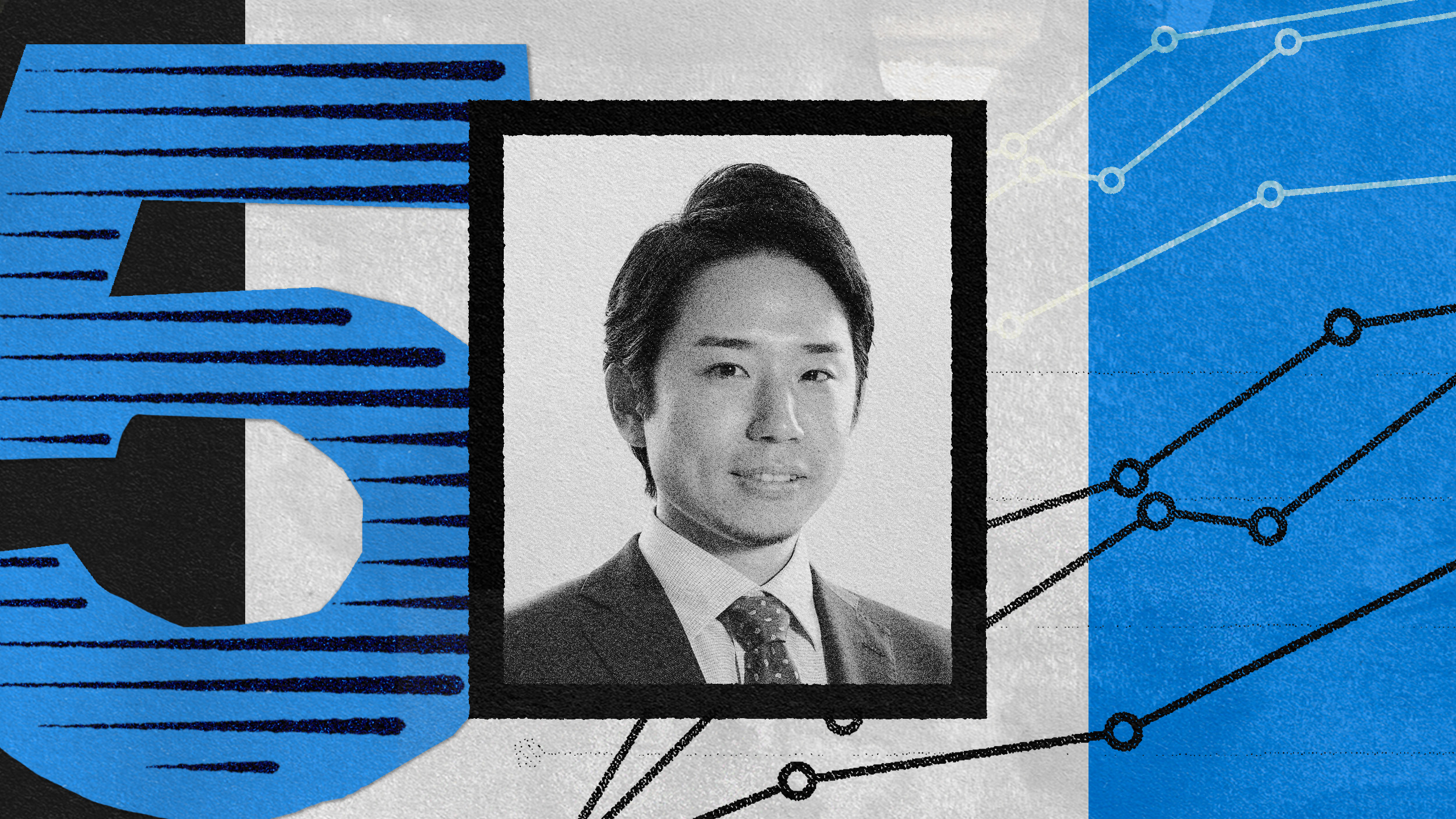6 steps for building your innovation prototyping kit

Writers, filmmakers, and mythologizing biographers tend to imagine innovation originates with a lone genius who has “the spark,” that light-bulb moment when the path from inspiration to world-altering invention reveals itself.
In reality, innovation is a team sport, one that’s less a lightbulb moment and more akin to a high school engineering challenge.
You remember those right? A teacher provides students a bundle of resources and a problem. She then challenges them to solve the problem using those resources. Students receive, say, some glue, string, plastic bags, paper plates, and marshmallows to save an egg from a two-story drop. The results will range from mind-bending creativity to minimalist and practical.
To foster innovation among our teams, we need the business-world equivalent of these engineering challenges.
In this video preview, Luis Perez-Breva, director of the MIT Innovation Teams Program, teaches the six steps to build an innovation prototyping kit:
Step One: Define the problem
- Ask: How will we know when the team has produced a solution? What should the solution accomplish?
Step One seems simple, but it flies in the face of some business bromides. Consider “focusing on the user.” This precept sounds sage, but as Perez-Breva notes in his book, it’s too abstract to be useful. No one is using your innovation because you haven’t been through the innovating process. You can’t focus on users who don’t exist.
Instead, define a problem. This step may not give your team a definitive goal, but that wasn’t an option in the first place. You do, however, provide them a cardinal direction, a way to approach the problem so they know they are heading in the proper direction.
Step Two: Produce 2-3 imagined solutions
- Prior to meeting with your team, ask: How would I go about solving this? What would I build? Do not share your imagined solutions with the team.
Perez-Breva adds that you should not share these imagined solutions. So why bother? Several reasons. One is that you can refine the problem as you work on solutions. Providing a more defined problem to your team reduces some of the leg work.
Another is weeding out unviable solutions. Maybe your organization doesn’t have enough resources. Maybe it needs to network with experts in other fields. By imagining your solutions, you can begin to see the—admittedly hazy—contours of the innovation landscape your team will need to traverse.
Step Three: Determine the parts needed
- The parts can be anything from organizational components to physical materials. Share only the parts with your team. Do not share your imagined solutions.
This step reinforces your goal from Step Two: improving your understanding of what’s possible and preventing you from saddling your team with unrealistic expectations.
Follow the science fiction writer’s lead; sit and consider what expertise, organizational components, and physical materials are available. Consider how those resources fit into an imagined solution. Take it step-by-step to ensure you can reach a potential solution.
Step Four: Provide a primer
- Describe how to use the parts. Keep your direction simple.
Remember that your intimate knowledge may be foreign to others—even in the same organization. When developing your primer, take a step back and remember what it was like learning a process for the first time. Remember that anxiety and how a great teacher provided instruction to ease those worries. Then, when introducing these parts to your team, explain their potential uses clearly and simply. There will be time for more innovative uses as they develop a deeper familiarity.
Step Five: Provide a set of accessible resources
- Ask: Who or what can my team tap into for advice or insight?
Much like the previous step, Step Five should ease anxiety and promote knowledge. You can’t assume your team knows the breadth of the network or organizational expertise available to them. The larger your organization, the more likely this is to be true.
By providing a set of resources upfront, you show your team the support they can tap into. This step not only eases worry; it also makes it more likely your team will utilize these resources to the fullest.
Step Six: Set a time limit
- Mandate that the prototype be tangible, not merely theoretical.
Without a hard deadline, the prototyping cycle can become an endless attempt at perfection, resource gathering, or idea harvesting. All of these are, essentially, forms of procrastination. Instead, aim to develop a prototype that can be tested and iterated upon.
With that said, in his book, Perez-Breva warns against sacrificing quality to ship something sooner. When he says to set a time limit, he specifies that this iteration of the prototype needs to be complete. The prototype can then be analyzed for areas of improvement and for when the next stage can begin. That way, you keep moving forward and improving quality with each iteration.
You’ve completed your innovation prototyping kit, but there’s more than one way to drop an egg safely. With video lessons ‘For Business‘ from Big Think+, you can learn new methods to prime your team for problem-solving and innovative thinking. Luis Perez-Breva joins more than 150 experts and teaches the following lessons:
- From Hunch to Reality: Why Prototyping the Problem Beats Harvesting Ideas
- Jump-Start Creative Problem Solving: Six Steps for Building Your Team’s Innovation Prototyping Kit
- Make Your Case to Stakeholders: Approach Innovation as a Scale-Up Sequence
Request a demo today!




